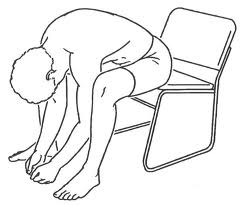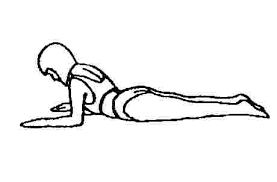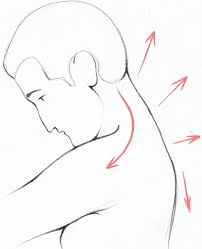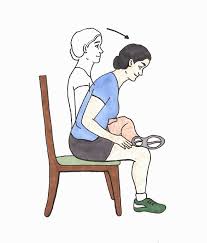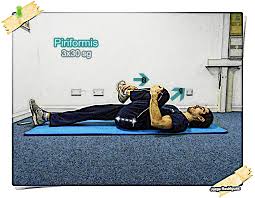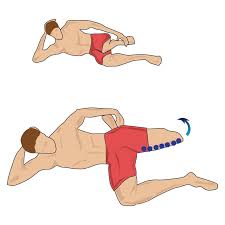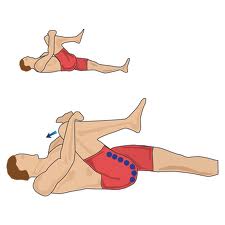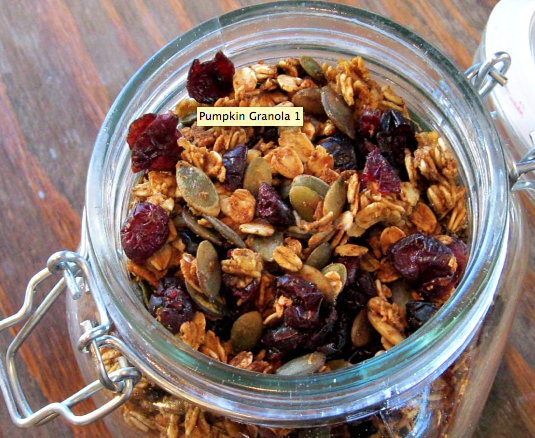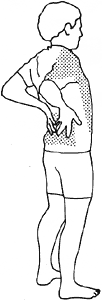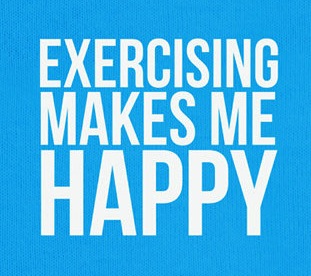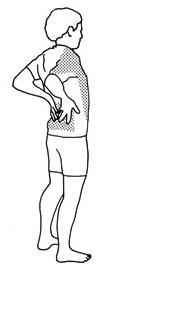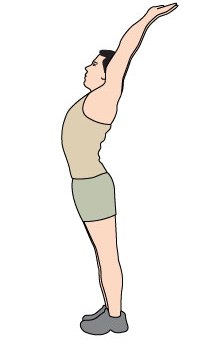There has been a lot of research done on the benefits of stretching. The findings are a mixed bag of reviews. Some reports say, ‘don’t bother with the typical static stretch (held for longer than 10 seconds) before you do any activity’. Others say, ‘a series of full body dynamic stretching (putting your muscles through the range of motion) is most beneficial’.
Add to that the many heated debates about when to hold a stretch and for how long, and one can get confused as to what to do.
There is little evidence that stretching, done before or after exercise, helps performance or recovery. There is a great deal of conflicting information out there.
Your best bet is to listen to your body. Everybody agrees that you can stretch because you want to, and that view seems to work the best. Engaging in some light stretching daily goes along way to staying on top of the effects of cold or wet weather, tight muscles and the aging process.
In keeping with the view of a little stretching everyday is good for you, I’ve come up with 12 Days of Holiday Stretching. Hope you enjoy them.
Here’s to a wonderful holiday season and happy, gently stretched muscles.
Happy Holidays,
Jody J.
"Disclaimer: Please perform these exercises and stretches responsibly. If you feel the need to consult your doctor before starting, please do so."


